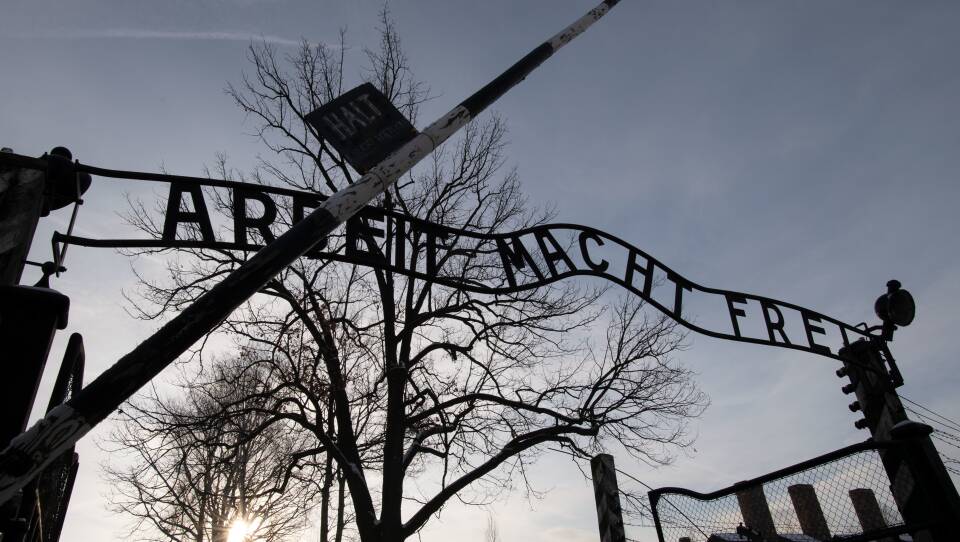Saturday is Holocaust Remembrance Day, honoring the victims of Nazi Germany's state-sponsored killing of some 6 million Jews and millions of others during World War II. For more on efforts to educate students on the Holocaust, GBH’s Morning Edition co-host Jeremy Siegel spoke with Lizzy Carroll of Facing History and Ourselves, an organization focused on helping schools raise awareness surrounding the history of bigotry and hate. This transcript has been lightly edited.
Jeremy Siegel: Lizzy Carroll, thank you so much for joining me.
Lizzy Carroll: Thank you so much for having me.
Siegel: So, Lizzie, recent surveys have found that two thirds of young adults in the country are not aware that 6 million Jews were killed in the Holocaust, that basic knowledge of the genocide is fading. Why is that a problem?
Carroll: Thank you for starting there. Because it's critical. We need education to prevent the important lessons of the Holocaust from being lost. Young people just need to understand that the Holocaust occurred, what led up to it, and why that matters in 2024.
Siegel: What responsibility do teachers have here?
Carroll: So teachers have a responsibility and an opportunity to not only bring young people the information about what took place, but to help them understand why this matters to them. At Facing History and Ourselves, we believe that people make choices, and choices make history. So our choices do matter. The Holocaust was not inevitable. As historian Doris Bergen says, it occurred step-by-step through a series of decisions that were made not only by those in power, but by ordinary citizens at the time who voted, who chose to be bystanders, or who chose to resist and stand up. And young people need to learn about that, so that they can help us build a better future going forward.
Siegel: So what does that look like practically in the classroom? How should educators approach a subject like the Holocaust?
Carroll: One of our core and original teaching resources is called Holocaust and Human Behavior. And we've been developing and updating this curriculum for nearly 50 years. Our work over those decades has proven that young people can handle confronting difficult histories. And it's when they see connections between the past and their own lives today, that really engages them to participate not only in their classrooms, but in their communities as well. One of the ways we teach about the Holocaust is through sharing survivor stories. And we know this is particularly impactful for students. So we are honored to work with a number of Holocaust survivors, but also their descendants, as well as survivors from other genocides.
Siegel: You've mentioned several times revealing the connections between what's happened in the past and what's happening now in a way that students can understand. What's an example of how you can connect the past to the present when it comes to an event like the Holocaust?
Carroll: I mean, one example, I think, is to really be honest with students about the fragility of our democracy today. To understand the ways that we as citizens, as members in a democracy, need to hold our leaders accountable. Through the fragility of democracy, where we study what occurred in Weimar Germany in the leadup to the Holocaust. And there are certainly a lot of connections that we can make when we look at what's happening today, not only in the United States, but around the world.
Siegel: Lizzy Carroll of the organization Facing History. Thank you so much for your time.
Carroll: Thank you so much.






